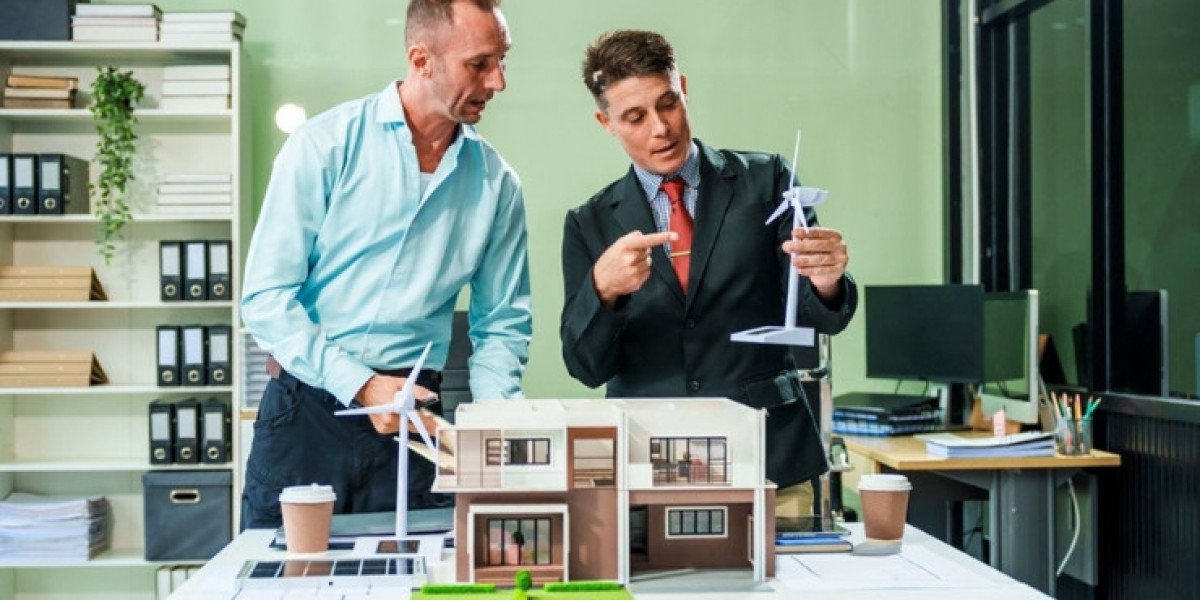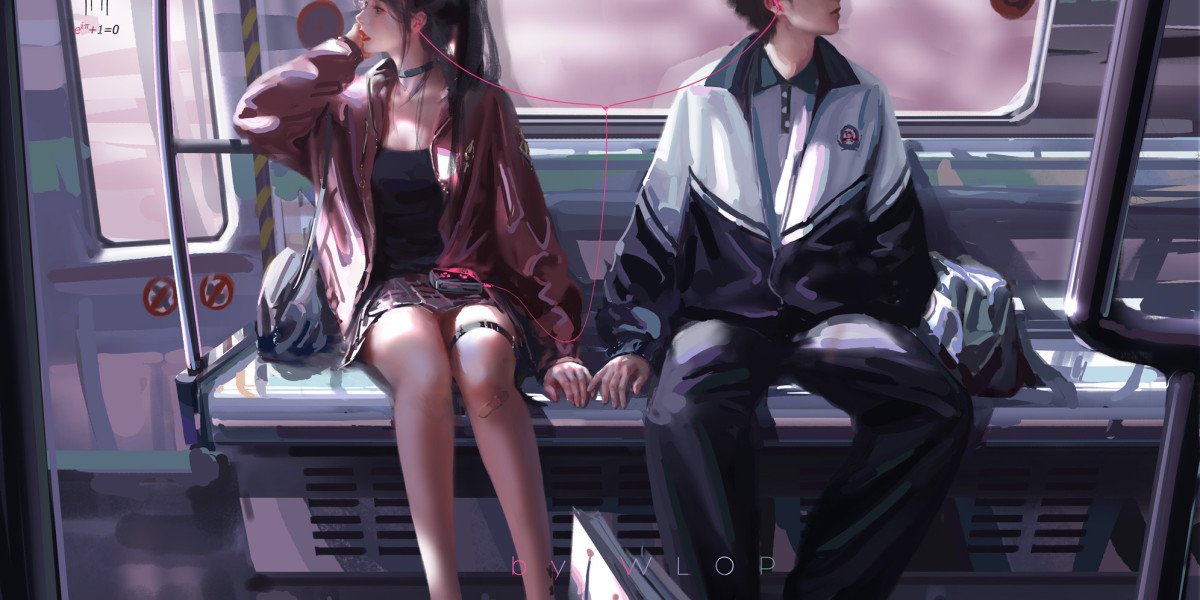Dubai is known for its opulence and cutting-edge retail experiences. Luxury brands operating flagship stores in the city use high-detail architectural models to enhance their retail spaces, captivate customers, and showcase their brand identity.
These models serve as more than just decorative pieces; they help brands communicate exclusivity, craftsmanship, and heritage.
From luxury fashion houses to high-end automotive showrooms, detailed architectural models are used to provide a visual representation of brand history, flagship store design, and product innovation. These models create an immersive experience that aligns with Dubai’s reputation as a global shopping and design hub.
The Role of Architectural Models in Luxury Flagship Stores
High-detail architectural models in Dubai’s luxury flagship stores serve multiple purposes, including:
- Enhancing the in-store experience by creating visually engaging displays
- Showcasing the design and heritage of the brand’s global flagship locations
- Demonstrating architectural and interior design innovations
- Providing an interactive way for customers to explore a brand’s legacy
Luxury brands invest in these models to transform their flagship stores into destinations rather than just retail spaces.
How Luxury Brands Use Architectural Models in Dubai Flagships
1. Showcasing Iconic Flagship Store Designs
Many luxury brands use scale models to highlight the architectural significance of their flagship locations worldwide. These models showcase the intricate details of store facades, interiors, and spatial layouts.
For example, brands with iconic store designs in cities like Paris, Milan, and New York create high-detail models to display in their Dubai flagship stores. This allows customers to appreciate the artistry and craftsmanship that define the brand’s global presence.
2. Enhancing Customer Engagement Through Interactive Displays
Modern luxury flagship stores in Dubai integrate technology into architectural models to offer an interactive experience. Some of the ways brands achieve this include:
- Augmented reality features that allow customers to explore flagship stores virtually
- Lighting effects that highlight different sections of a store model
- Touchscreen interfaces providing historical insights into a brand’s architectural evolution
This interactive approach transforms shopping into an experience, helping brands forge stronger emotional connections with their customers.
3. Presenting Store Design Concepts for Exclusive Clients
Luxury brands frequently renovate and redesign their flagship stores to maintain a fresh and innovative image. Architectural scale models Dubai help them present upcoming design concepts to VIP customers and investors.
High-end jewelry and fashion brands in Dubai often use these models in private showrooms to offer a preview of future store expansions, new boutique openings, or redesigned interiors. This provides an exclusive look into the brand’s future direction.
4. Showcasing Architectural Collaboration with Renowned Designers
Many luxury brands collaborate with world-famous architects to design their flagship stores. High-detail models allow brands to highlight these partnerships and demonstrate the architectural brilliance behind their retail spaces.
For example, a luxury brand that commissions an award-winning architect for its Dubai flagship may showcase a model of the store alongside details of the architectural inspiration and design elements. This adds an element of prestige and storytelling to the in-store experience.
5. Creating Immersive Brand Heritage Exhibitions
Dubai’s luxury flagship stores often include heritage sections that narrate the brand’s history. Architectural models play a significant role in these storytelling spaces, showcasing the evolution of store designs from past to present.
These models highlight key milestones such as:
- The first-ever flagship store built by the brand
- Expansion into major cities and iconic locations
- Signature architectural elements that define the brand’s retail identity
By displaying these models, brands reinforce their legacy and strengthen their emotional appeal to customers.
6. Highlighting Luxury Real Estate and Hospitality Ventures
Some luxury brands extend beyond retail into real estate and hospitality, offering branded residences, hotels, or exclusive private clubs. Architectural models in flagship stores help showcase these projects in a tangible way.
For instance, high-end fashion brands that develop branded villas or luxury hotels use scale models to present these properties to potential buyers and investors. This allows customers to visualize the exclusivity and craftsmanship that define these premium lifestyle offerings.
7. Showcasing Sustainability and Innovation in Store Design
Dubai’s commitment to sustainability has influenced how luxury brands design their flagship stores. Many brands now use architectural models to highlight eco-friendly initiatives in their store designs.
These models demonstrate:
- The use of sustainable building materials
- Energy-efficient lighting and smart climate control systems
- Green spaces integrated within the retail environment
By showcasing these features, brands align themselves with Dubai’s sustainability vision while appealing to environmentally conscious customers.
Future Trends in Architectural Models for Luxury Retail in Dubai
As luxury brands continue to push the boundaries of retail design, architectural models are expected to evolve with advanced technology and immersive storytelling techniques. Future trends may include:
- Holographic models that allow customers to explore store layouts in 3D
- AI-driven architectural simulations showcasing dynamic design changes
- Fully interactive virtual reality experiences integrated with physical models
Luxury flagship stores in Dubai will continue to use architectural models to create personalized, engaging, and visually stunning shopping experiences that captivate high-end customers.
Conclusion
High-detail architectural models have become an essential part of luxury brand flagship stores in Dubai. They enhance customer engagement, showcase architectural brilliance, and serve as powerful storytelling tools.
From interactive displays to heritage exhibitions and future design concepts, these models help brands create immersive retail experiences that blend tradition with innovation.
As technology advances, the integration of holograms, augmented reality, and AI-driven design visualization will take architectural models to new heights, ensuring that Dubai’s luxury retail scene remains at the forefront of global innovation.







